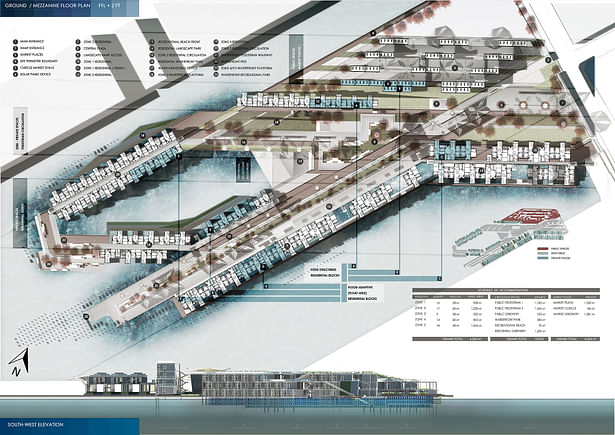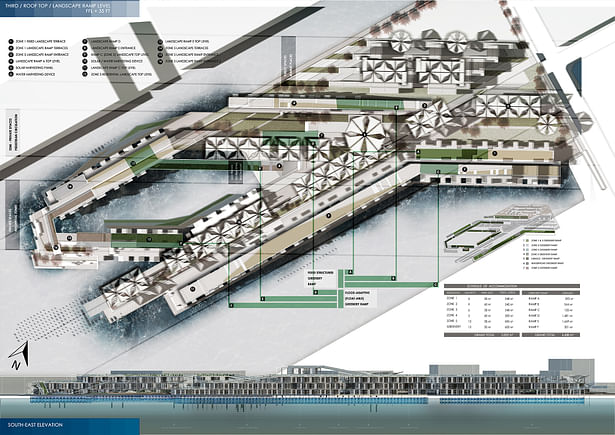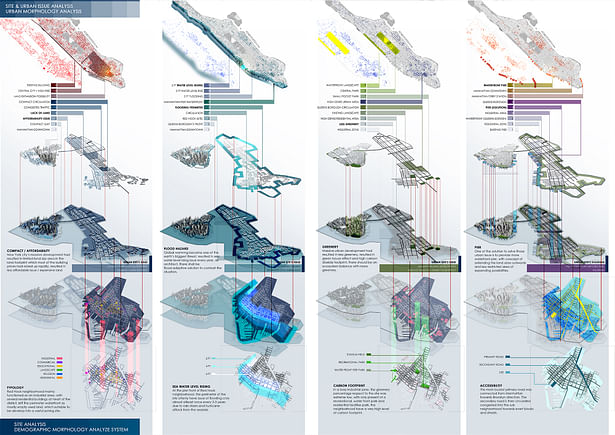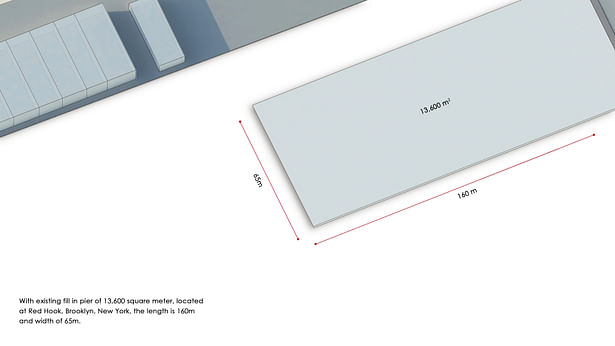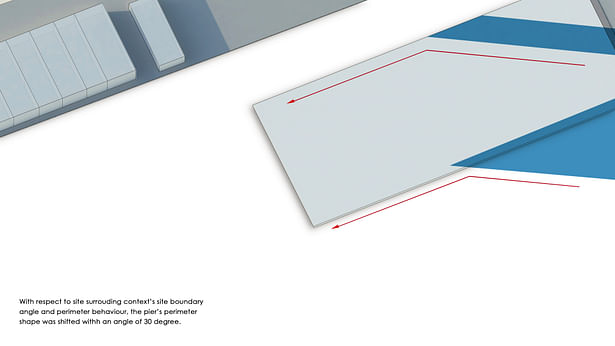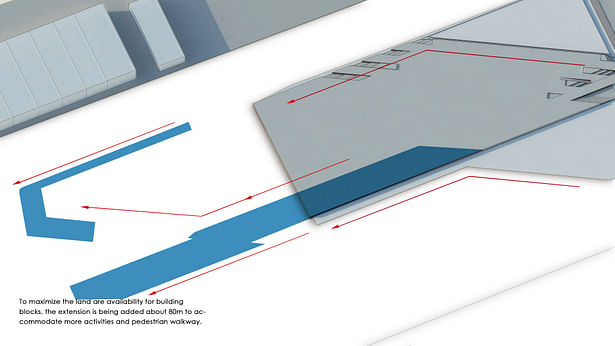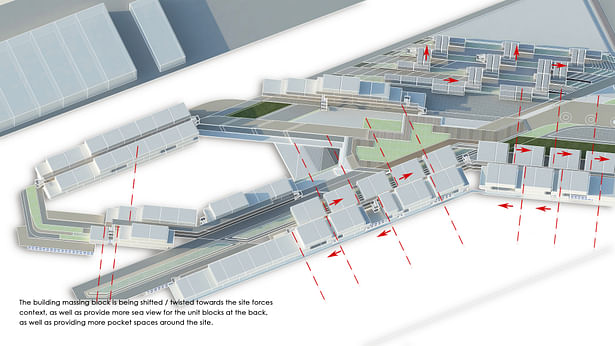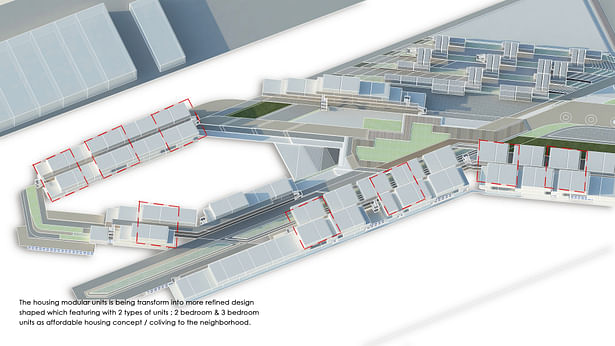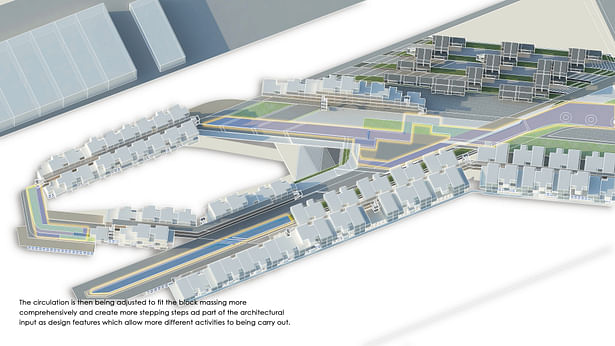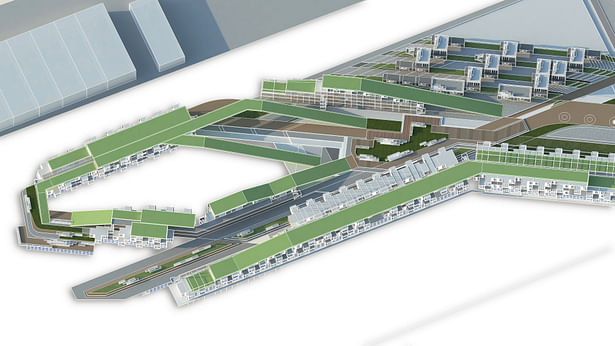
Sustainable project by Yijun Ooi, climate resilient architecture researcher
Published on December 18, 2020
About author / sustainable architecture designer : Yijun Ooi, also known as Aston Yijun, an active / formal architectural research designer and planner based on issue and topic of " Global Warming, Flood- adaptive architecture, sustainable architecture and climate resilient architecture for the future as contribution for our future generation in environmental concern.
Climate change issue of rising sea levels and natural disaster have stricken numerous coastal areas around the world. Flooding is increasing in many metropolitan areas around the world and have resulted to serious economy and social impact.
The aim of the publication is to share about the global warming issue to the world, as an architecture designer I suggest that we have the responsibility to contribute to the environment and start protecting it instead of hurting it by fill in more land and build countless development which cause a lot of harmful attempt to the mother nature.
This design proposal would like to explore possibility in the future architecture on water. 2017 has suggested that despite our civilization’s history of trying to drain and fight against wet landscapes for the past thousand years, the best move for the future world would be to “let the water in and even make friends with the water” New York City (NYC) is a city on the water. The river and harbor have worked to its advantage, bringing it speedy transportation and pleasant temperatures.
However, the next coming years may not be as smooth as the past. Global warming, caused by the release of carbon-dioxide pollution into the atmosphere, will cause the seas to rise and the storms to intensify around the city. A new study from an all-star list of climate scientists attempts to estimate how a few of climate change’s symptoms—higher seas, large storm surge, and more intense hurricanes—will intersect in New York over the next 300 years.
Status: Unbuilt
Location: Red Hook, New York, USA
My Role: Architecture design, Urban Planning, Landscape Design, waterfront design
